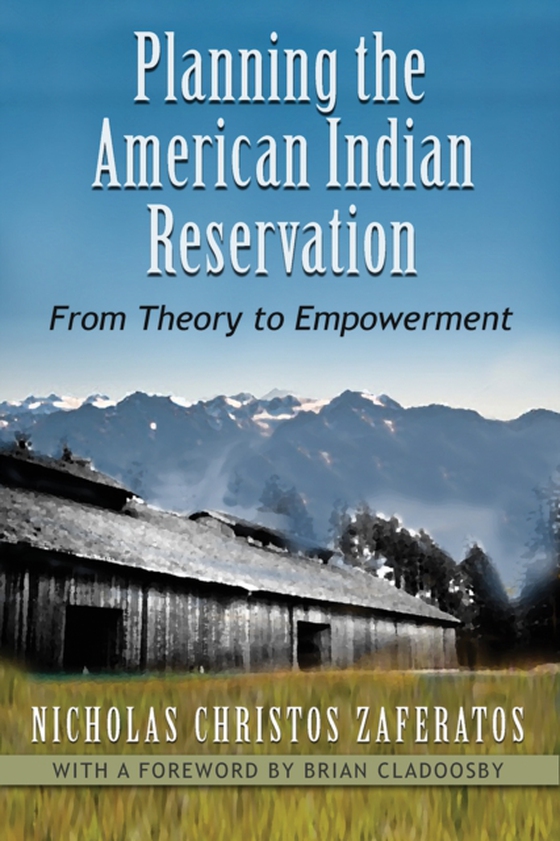
Planning the American Indian Reservation e-bog
403,64 DKK
(inkl. moms 504,55 DKK)
American Indian reservation planning is one of the most challenging and poorly understood specializations within the American planning profession. Charged with developing a strategy to protect irreplaceable tribal homelands that have been repeatedly diminished over the ages through unjust public policy actions, it is also one of the most imperative. For centuries tribes have faced historical bi...
E-bog
403,64 DKK
Forlag
Syracuse University Press
Udgivet
11 maj 2015
Genrer
1KBB
Sprog
English
Format
pdf
Beskyttelse
LCP
ISBN
9780815653189
American Indian reservation planning is one of the most challenging and poorly understood specializations within the American planning profession. Charged with developing a strategy to protect irreplaceable tribal homelands that have been repeatedly diminished over the ages through unjust public policy actions, it is also one of the most imperative. For centuries tribes have faced historical bigotry, political violence, and an unrelenting resistance to self-governance. Aided by a comprehensive reservation planning strategy, tribes can create the community they envisioned for themselves, independent of outside forces. In Planning the American Indian Reservation, Zaferatos presents a holistic and practical approach to explaining the practice of Native American planning.The book unveils the complex conditions that tribes face by examining the historic, political, legal, and theoretical dimensions of the tribal planning situation in order to elucidate the context within which reservation planning occurs. Drawing on more than thirty years of professional practice, Zaferatos presents several case studies demonstrating how effective tribal planning can alter the nature of the political landscape and help to rebalance the uneven relationships that have been formed between tribal governments and their nontribal political counterparts. Tribal planning's overarching objective is to assist tribes as they transition from passive objects of historical circumstances to principal actors in shaping their future reservation communities.
 Dansk
Dansk

